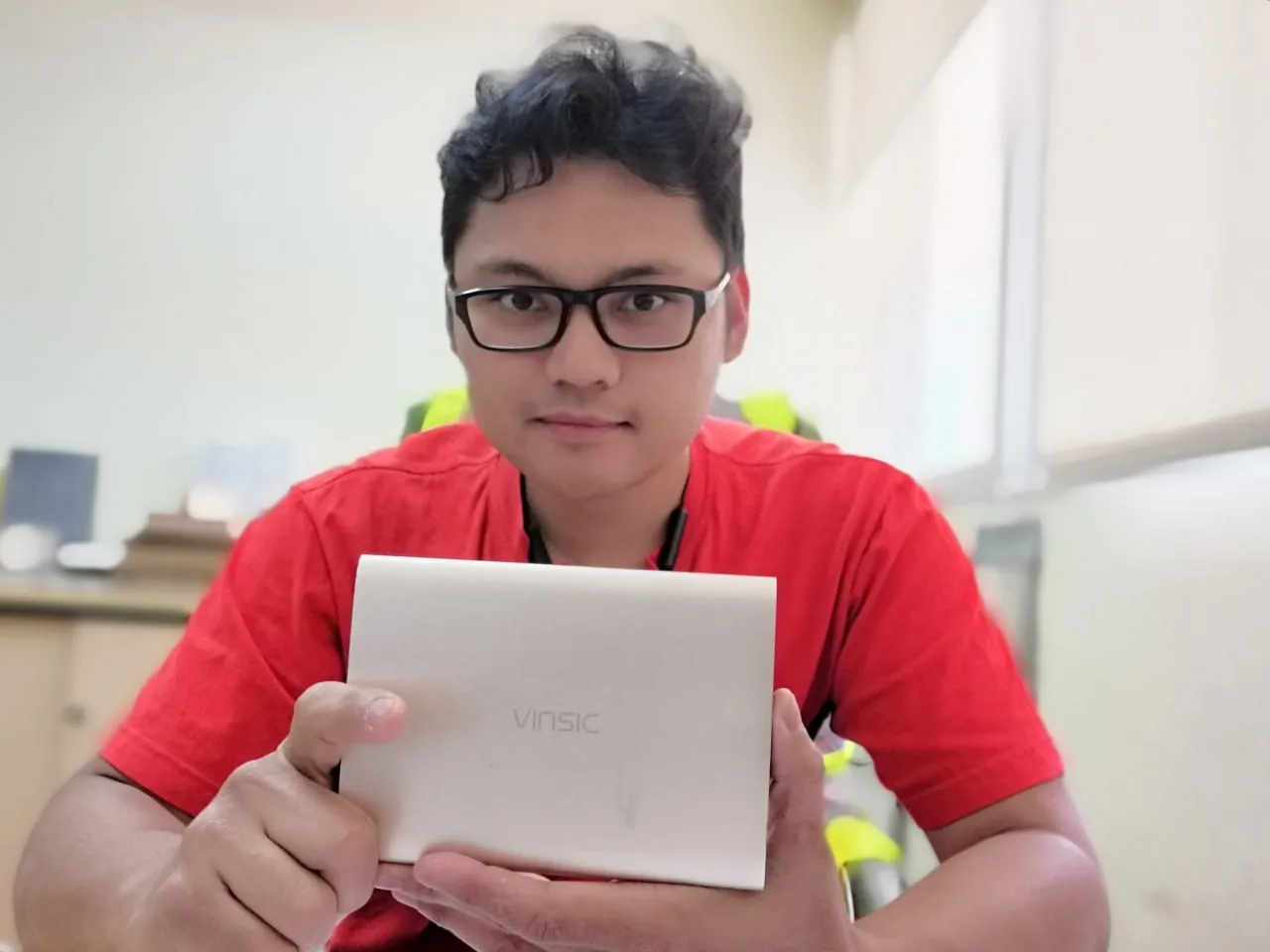Get ready for the SSB, Solid State Batteries...
Todays's phones are miracles of modern technology. They can stream Netflix, play incredible video games, and connect us with people around the world at any time, all in the palm of our hands.

How come the battery life sucks so much?
Do you remember your old phone? The one that you played Snake and made calls? Those things had batteries a fraction of the size of our modern smartphones but somehow they lasted a week. With all the leaps and bounds we've made in modern technology, why can't our current phones just last until the end of the day?
To find out why our batteries are so bad, this is one of the technicians that I interviewed in one of the malls here in UAE Mr. Faisal, an expert on mobile phones and battery life and this is what he said.
Mr. Faisal: So I mean, part of this is obvious as you know very well, the demands of the apps coming off the mobile device increased dramatically, right? I mean that was pre-touchscreens, pre all of us on Twitter and Instagram and taking pictures and getting on this high-resolution screen. So, much of it is just the fact that the draw has become dramatically more.
So, phones have gotten way better and they need more power because of that. An original Nokia 3310 had 100 MHz, single core processor, and a 4,000 pixels display. The galaxy S10 plus from 2019 on the other hand, has a 2.4 GHz, an eight-core processor that pushes 4,377,600 pixels.
So, yeah, things come a long way...

For processor speed, we even rule for this called Moore's Law, which says that roughly every two years, the number of transistors that we can fit on a single microchip will double, which means proportionately more powerful computers and phones.
Mr. Faisal: We all talk about Moore's Law for electronics. Unfortunately, battery energy density doesn't scale at the same rate as Moore's Law is scaling. Also, batteries have been evolving. It's just at a different pace in which things happens.
So, our batteries don't improve as fast at the rate of the rest of our phones. They have been improving, to a point. We've been squeezing out more and more power from materials in the technology that we have now, but there are limits to how far we can go.
Mr. Faisal: A lot of what has been happening for a long time is being sorted of shrinking all the devices that are inside of the chip to make things better and better and better. In a battery equal to that would be removing you know, unwanted stuff from the battery. So that I add more and more and more dense, energy dense materials so that I can ultimately pack in a lot more energy into the system. Turns out, people have been doing this game for the last 20 years. And if you do this game for the last 20 years, you start to reach a point where it's very difficult to squeeze out any more stuff. Pretty more, most of the battery today is being used for something.
Our modern batteries basically use up all the internal space they have for power and the only way to get more is by shrinking down those internal parts, like the barriers between cells. And when those get too thin, that's where safety issues can help. And when things get pushed too far, well, we get products like the Galaxy Note 7.
The Battery
Basically, in modern lithium-ion batteries, energy transfers between the positive and negative electrodes through a liquid solution. Now, that solution's flammable.

But, it's okay because there's a separator between the electrodes. In note 7, that separator was too thin. It sparked and then the liquid caught on fire.
Mr. Faisal: Mr. Faisal: What happened 5 years ago was that it became clear that these limits were getting hit where we couldn't remove any more things. But we reached a stage where new improvements in energy density got to come from changing battery materials. And new materials are always slower.
So, what does the future look like? Well, right now the material we use is called lithium cobalt. A battery technology that we've been using since the early '90s. But researchers have already started work on what comes next.
Mr. Faisal: Mr. Faisal: Actually all the batteries have a liquid electrolyte in them. The next big thing and I think this is going to be a huge thing is the Solid State Batteries. Things that don't have liquids but a solid that can conduct lithium back and forth between them. You can't predict a breakthrough so you don't know when that's going to happen. But we think that's where things are going. And if that happens, cellphones and laptops will start getting more energy dense.
There is one slight issue that could come up through. By the time better batteries do come around, our phones might be even more powerful than they are right now. Which might leave us right back where we started, with less than a day of battery life and external batteries galore.